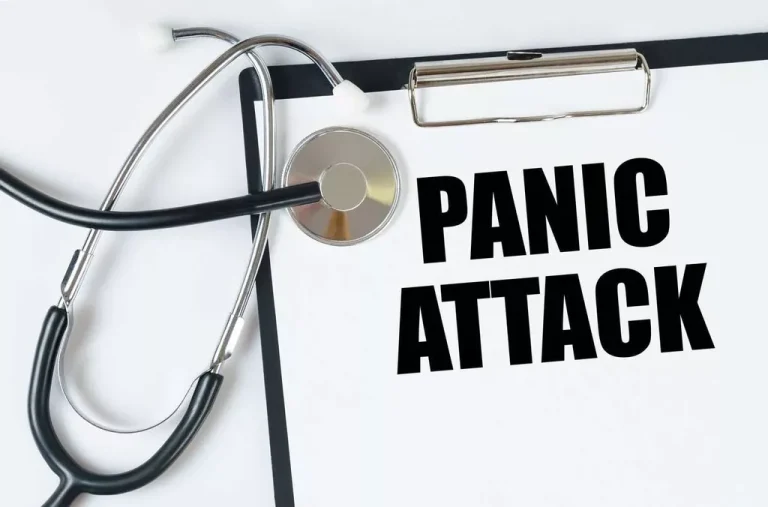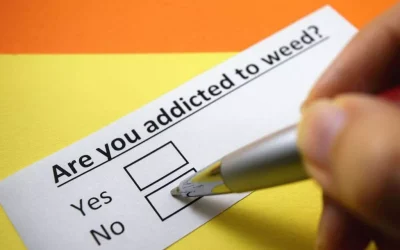Content
Further research is required to measure inequitable gender norms at a national level, in South Africa and elsewhere. DHS questionnaires only include questions about endorsement of IPV, and do not assess other components of inequitable gender norms. Female economic empowerment may also shift gender norms, particularly in relation to IPV [78], and effects on inequitable gender norms need more thorough evaluation. Interventions that address gender norms around alcohol consumption may also be particularly important in reducing hazardous drinking. A general limitation is that our estimates of PAFs and intervention impacts are imprecise.
- If you are developing your own symptoms of depression or anxiety, think about seeking professional help for yourself.
- By intervening and providing recovery resources, you are doing everything in your power to help.
- Before staging an alcohol intervention with your loved one, be sure to think about what you will say and who will be involved.
Interventions can be performed without professional help, but this is not advisable. Treatment providers are available 24/7 to answer your questions about rehab, whether it’s for you or a loved one. Submit your number and receive a free call today from a treatment provider. While many alcohol interventions conclude on a positive note, there is a chance that it could not end so well.
Coping and support
A career in the substance use field can be incredibly rewarding, offering numerous opportunities for professional and personal growth. Overcoming alcohol use disorder is an ongoing process, one which can include setbacks. This is not an uncommon concern, but the short answer is “no.” All medications approved for treating alcohol dependence are non-addictive. These medicines are designed to help manage a chronic disease, just as someone might take drugs to keep their asthma or diabetes in check. Scientists are working to develop a larger menu of pharmaceutical treatments that could be tailored to individual needs.
- Our experts continually monitor the health and wellness space, and we update our articles when new information becomes available.
- Alcohol use disorder is a pattern of alcohol use that involves problems controlling your drinking, being preoccupied with alcohol or continuing to use alcohol even when it causes problems.
- If you or a loved one is ready to overcome an alcohol addiction, reach out today.
- A successful intervention must be planned carefully to work as intended.
WHO, in collaboration with international partners, launched the SAFER initiative towards a world free from alcohol related harm in 2018. Make your tax-deductible gift and be a part of the cutting-edge research and care that’s changing medicine. It also may be appropriate to ask your loved one to seek support from a group such as Alcoholics Anonymous. If you think it’s important to have someone involved but worry that it may create a problem during the intervention, consider having that person write a short letter that someone else can read at the intervention.
Availability of data and materials
In order to increase the probability that the intervention will be successful, it is imperative that the group utilize the services of a professional interventionist or mental health provider who specializes in the treatment of addictive behaviors. Friends and relatives of individuals who abuse alcohol may often feel compelled to approach https://ecosoberhouse.com/article/alcohol-intervention-how-to-do-an-intervention-for-an-alcoholic/ the person and discuss how that person’s alcohol abuse is affecting everyone around them. The difference between the objective viewpoint of outsiders and the subjective viewpoint of the individual with the alcohol use disorder often results in a reaction to both sides that leads to frustration, resentment, and confusion for both parties.
All approved medications are non-addictive and can be used alone or in combination with other forms of treatment. Individuals are advised to talk to their doctors about the best form of primary treatment. Ultimately, there is no one-size-fits-all solution, and what may work for one person may not be a good fit for someone else. Simply understanding the different options can be an important first step.
Additional file 1: Supplementary materials. Table S1.
Treatment can be done via an outpatient or inpatient program and may be a combination of both. Many inpatient programs accommodate their patients with 24/7 medical oversight and provide access to on-call medical and psychiatric services during their stay. Outpatient treatment usually meets several times per week for several hours per day. Outpatient therapy typically offers many of the same groups and services as inpatient treatment, but you can still go home at night. First, forget the scenes of dramatic interventions in movies or TV, where lots of people surprise someone by staging a meeting that shines a harsh spotlight on your loved one’s issues with alcohol and its consequences. Here’s some information to help you get ready for your appointment, and what to expect from your health care provider or mental health provider.
One can simply call the organization, contact them by email, contact them via their website, or make an appointment to show up in person. The potential success of an alcohol use disorder intervention is greatly enhanced if the intervention team includes a professional interventionist or mental health worker with significant experience in performing these types of interventions. Our results suggest that the substantial impact of inequitable gender norms on HIV incidence is largely mediated by the effect of inequitable gender norms on men’s engaging in concurrent relationships. Interventions to reduce inequitable gender norms may play an important role in reducing concurrency. Our results suggest that community mobilization interventions may be relatively more effective in the longer term than individual-focused interventions. This is consistent with studies showing that concurrency is strongly influenced by social networks [18], i.e. men may be more likely to reduce concurrency if they perceive a change in the accepted norms of their peers.
You are unable to access addictionblog.org
Certain medications have been shown to effectively help people stop or reduce their drinking and avoid relapse. Ultimately, choosing to get treatment may be more important than the approach used, as long as the approach avoids heavy confrontation and https://ecosoberhouse.com/ incorporates empathy, motivational support, and a focus on changing drinking behavior. When asked how alcohol problems are treated, people commonly think of 12-step programs or 28-day inpatient rehab but may have difficulty naming other options.

If your provider suspects that you have a problem with alcohol, you may be referred to a mental health provider. Traditional alcoholism treatment is aimed at those who have become alcohol dependent and has the goal of promoting total abstinence. The goal of brief intervention is to get the person to reduce their level of drinking or change their harmful pattern of drinking. Brief interventions are short, one-on-one counseling sessions that are aimed at encouraging the person to eliminate harmful drinking practices like binge drinking.
While some interventions take place when severe or life-threatening consequences arise, others are done soon after the warning signs of alcoholism are identified. The model has also been extended to include casual once-off relationships (excluding contacts between sex workers and their clients). Although these casual relationships are often transactional in nature [8, 47], we do not model transactional sex explicitly.

No matter what, know that you have your loved one’s best interest in mind. It’s tough to watch someone struggle with a drinking problem and destroy their life. By intervening and providing recovery resources, you are doing everything in your power to help. However, it’s up to your loved one to acknowledge their dangerous drinking habits and seek treatment. An alcohol intervention is an opportunity for someone to recognize and get treatment for their alcohol use disorder (AUD).
Medications
In fact, there are a variety of treatment methods currently available, thanks to significant advances in the field over the past 60 years. If you have any of these symptoms, your drinking may already be a cause for concern. A health professional can conduct a formal assessment of your symptoms to see if AUD is present. For an online assessment of your drinking pattern, go to RethinkingDrinking.niaaa.nih.gov. Research shows that about one-third of people who are treated for alcohol problems have no further symptoms 1 year later. Many others substantially reduce their drinking and report fewer alcohol-related problems.
- Similarly, at times when delivering a full brief intervention isn’t feasible, you can lay the groundwork for change by making a simple statement connecting alcohol use with one or more of the patient’s health conditions, then following up at the next visit.
- It is important to remember that not all people will respond to medications, but for a subset of individuals, they can be an important tool in overcoming alcohol dependence.
An intervention can motivate someone to seek help for alcohol or drug misuse, compulsive eating, or other addictive behaviors. An overall outline that most models of interventions follow is outlined below. Additionally, it is often recommended to conduct an intervention in the presence of a counselor or specialist if your loved one has a history of extreme mood swings or violence. If the conversation begins to take a turn for the worse, a professional will be able to mitigate the situation and keep everyone safe.
These interventions have been successful with both younger and older patients, and with both men and women. Interventions that include personal follow-up are more effective than a single-contact intervention, researchers report. For example, it can be used to help pregnant women avoid damage to their unborn child. Interventions are aimed at reducing alcohol-related medical problems, injuries, domestic violence, auto crashes, legal problems and other negative outcomes that occur when someone drinks too much.


